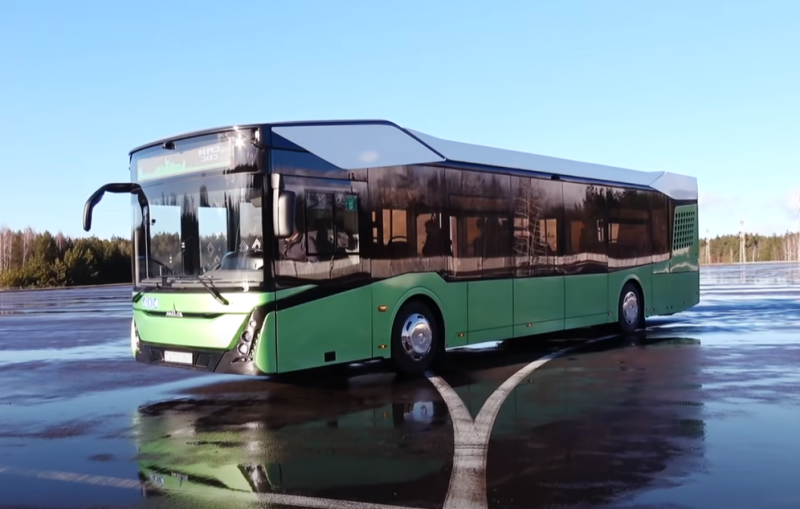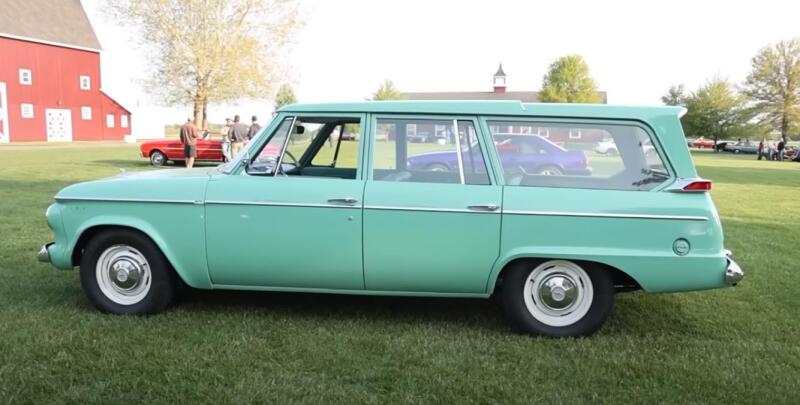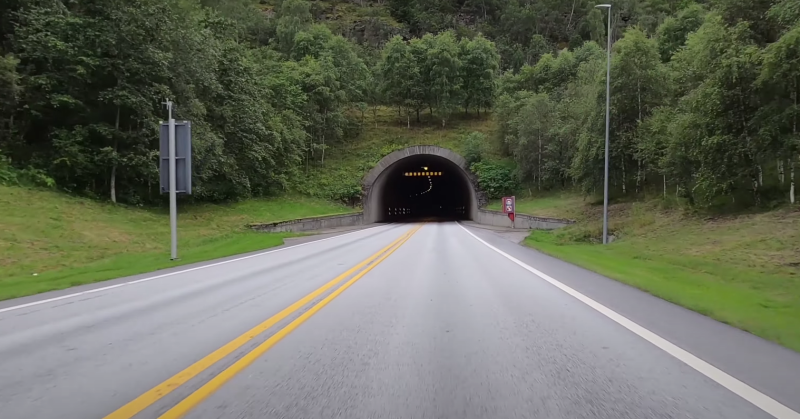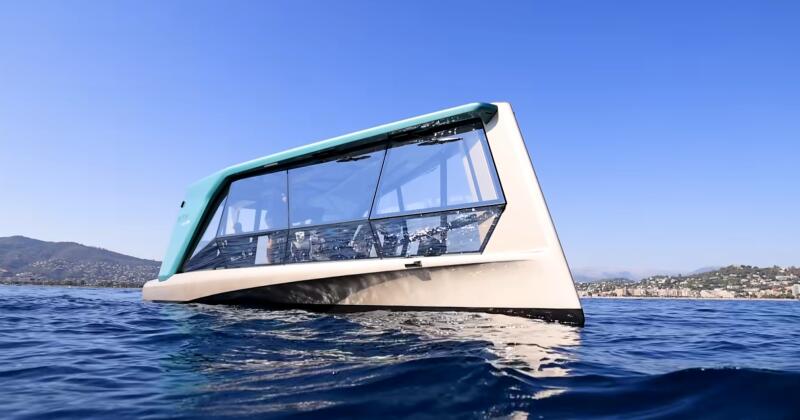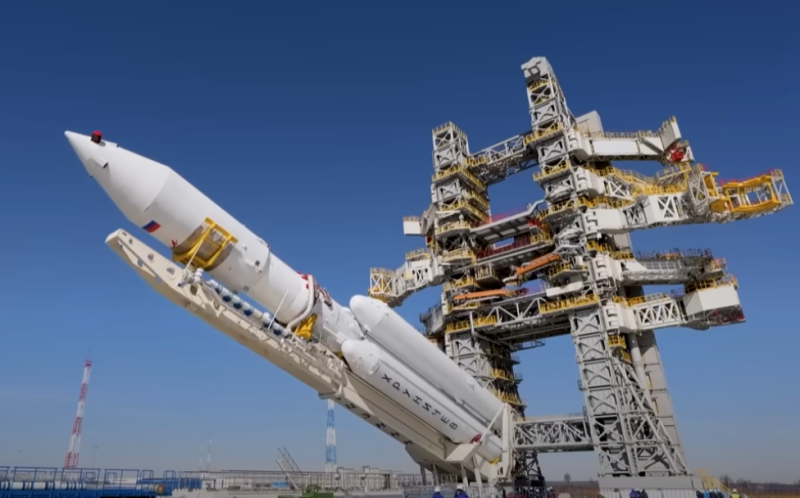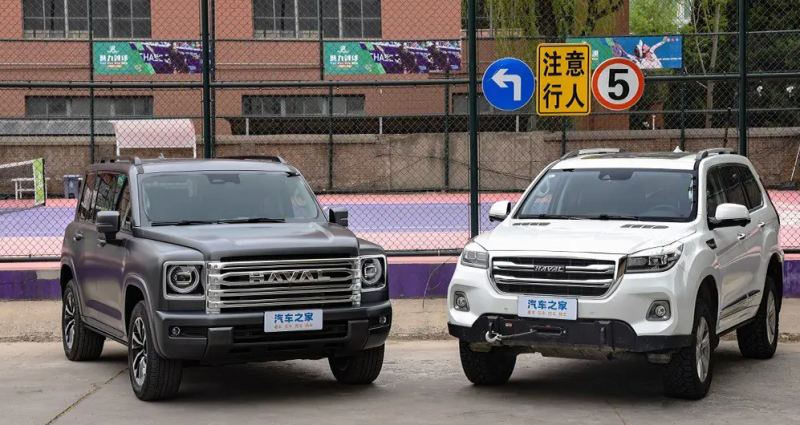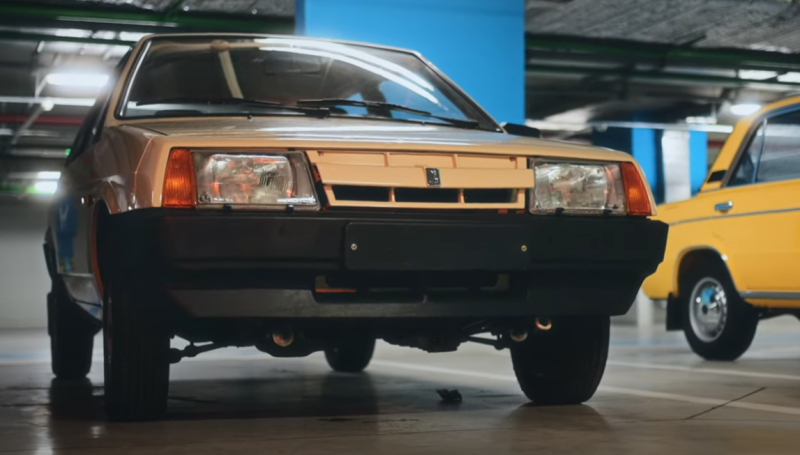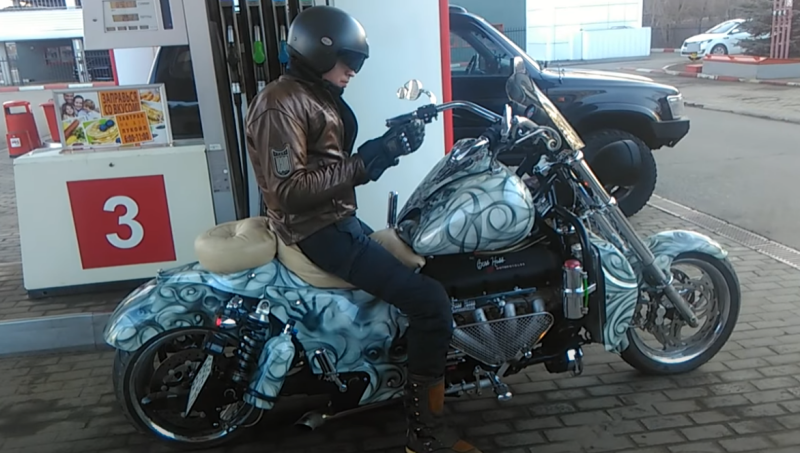The only problem was that he and his family lived more than 30 km from their place of work. Difficulties with the entrance, the difficult work of a steam train driver and health problems, all this prompted him to move to a village located near the local station. 20 years later, I was born there.
 The FD steam locomotive was one of the most popular in the 40s. Photo: youtube.com
The FD steam locomotive was one of the most popular in the 40s. Photo: youtube.comIn the early 50s, when Fedor Ivanovich drove smoking railway equipment, there was, in fact, no alternative to it. Moreover, military experience suggested that autonomous transport was much less vulnerable than the increasingly popular electric trains. Grandfather worked all his life at the legendary FD. Interestingly, the nickname of the locomotive "Fedya" coincided with the name of my ancestor. Having a chronic disease, he retired early, never having lived to see the era of great change.
Recognized the prospects of locomotives on electric traction
The war remained further and further, and our country lived a peaceful, measured life, restoring what was destroyed during the hostilities. More and more in the first place came not mobilization suitability, but the economic benefits of operating locomotives of various types. And here, diesel locomotives and electric locomotives looked more attractive than the old technology.
The hegemony of steam locomotives, which lasted for about 100 years, was coming to an end. Although the first electric transport appeared at the same time as the FD (1932), these were only experimental samples with an eye to the future. In parallel with them, foreign-made electric locomotives were tested. And this future came only a couple of decades later.
The first serial swallow was the VL-1947, released in 22. But more than a decade remained before the full transition to electric traction.
Interestingly, back in the early 30s, a batch of imported General Electric locomotives worked on the transportation of petroleum products in the area of the Suramsky passes of the Transcaucasian railway. This fact suggests that in other countries the transition to electric traction was much more dynamic than ours. Of course, the Second World War also greatly delayed it.
 The first Soviet locomotive on alternating current. Photo: youtube.com
The first Soviet locomotive on alternating current. Photo: youtube.comBy the 50s, Soviet economists were talking louder and louder about the failure of the use of steam locomotives, and a number of factors were cited in support of this:
✅ lower power equipment (compared to electric locomotives)
✅ the need for a large amount of manual labor (stokers)
✅ the locomotive crew of the locomotive was at least three people
✅ economic losses due to the release of superheated steam into the atmosphere
✅ the need for equipment stations (replenishment of coal and water)
To this we can add the worst view from the cab of the locomotive and its sluggishness: a special turning circle was required to change the direction of movement. The arguments seemed to be ironclad, so they decided at the top to gradually change the fleet of locomotives in all parts of the vast country. Another help was the successful use of the already mentioned VL-22, the production of which continued until 1958. So it became clear that the organization of a new infrastructure for the development of the construction of electric locomotives would be more profitable than the continuation of the energy-intensive assembly of steam-powered locomotives.
Record rates of road electrification achieved in the 60s
If before the war the main sections on electric traction belonged to the Transcaucasian railway, then at the end of the 50s their number began to grow rapidly throughout the country. This process peaked in the next decade, when the slogan appeared that the Soviet country should have the highest percentage of electrification of the railway networks in the world.
This goal was brought under the common denominator of that time: the communist model should show its superiority in everything - sports, the availability of medicine, the price of bread, the pace of construction. Now the electrification of roads has been added to this series.
Like everything carried out on a single impulse, under the leadership of the party and the government, the introduction of electric traction moved at an amazing pace. Thus, during the sixth decade, 20 kilometers of new electrified road sections appeared.
To make the numbers more impressive, I note that this is more than the total length of electric roads in Germany or France. It is also almost 4 times longer than the electrified sections on the British Isle, or 8 times longer than Czech electric train roads.
 VL22, which paved the way for the electrification of roads. Photo: youtube.com
VL22, which paved the way for the electrification of roads. Photo: youtube.comThe process continued until the collapse of the USSR, and the goal was achieved. With an indicator of 54,3 thousand kilometers, the Soviet Union ranked first in the world, and electrified sections accounted for 63,7% of the total number of steel lines. High-traffic lines, curved track distances, and suburban areas with heavy train traffic stood out among them.
To ensure the uninterrupted operation of an ever-increasing number of new locomotives, a double current transmission system was used: from stations to the main via high-voltage networks, and to the locomotive through a contact network. In this case, three different power supply systems for an electric locomotive are used:
✅ constant current
✅ Standard AC (50Hz)
✅ reduced frequency alternating current
The latter had its wide use in the 30s, but during the development of electric transport, preference was given to the standard frequency. This was facilitated by the intensive development of drive control systems and the emergence of special converter technology. The direction using alternating current with a frequency of 50 Hz has become the main one not only in our country, but throughout the world. So, for Soviet roads, 6-axle locomotives VL60 and VL80 were created, overgrown with a large number of modifications over time.
Complete rejection of steam locomotives and the development of freight electric transport
At the end of the 40s, the transition to electric traction did not yet look so unambiguous, so the design of new models of steam locomotives went on as usual. So in March 1950, a prototype model of the steam locomotive P-36 appeared. It was made at the Kolomna plant. It seems that at that time no one imagined that he would become the last steam-powered model. On June 29, 1956, the last steam locomotive, P36-0251 with serial number 10420, was rolled out of the gates of the enterprise. Since that day, the plant has completely switched to the production of diesel locomotives.
 The last Soviet steam locomotive. Photo: youtube.com
The last Soviet steam locomotive. Photo: youtube.comBy 1970, steam-powered locomotives accounted for only 3,5% of freight traffic. In 1980 it dropped to zero. And the electrification of roads confidently walked across the country.
Along with it, the design of locomotives also changed. They had to become more powerful in order to keep up with the ever-increasing volumes of cargo transportation in the country. 8-axle VL80R and 12-axle VL85 appeared. Thanks to this powerful technique, steel lines became the main transport of the USSR for the transport of various goods.
Steam locomotives, in turn, went on a well-deserved rest half a century ago. Since then, such equipment has become a favorite exhibit of all railway museums in the territory of the former Soviet state. Only occasionally did the locomotives go on a short test trip, emitting a characteristic signal, as a sign of the past.
 6-axle locomotive VL60. Photo: youtube.com
6-axle locomotive VL60. Photo: youtube.comRecently, this technique has come back into fashion (like any retro). Outlandish locomotives follow tourist and other routes (for example, in the 80s - Paris-Tokyo). In Russia, they also found the use of ancient technology. On the eve of Victory Day, historical trains move through different stations, recalling the role played by steam locomotives in the history of the country.

